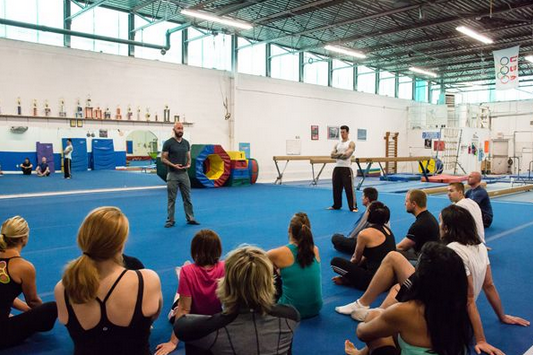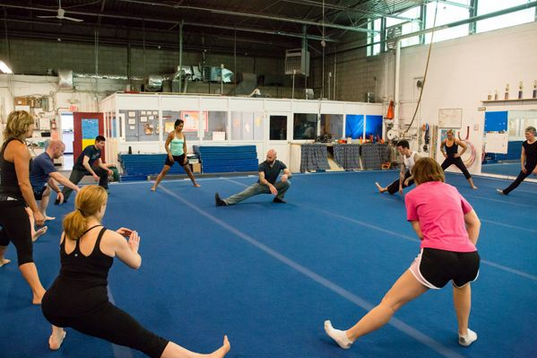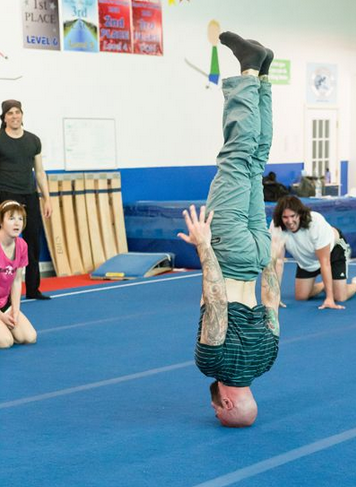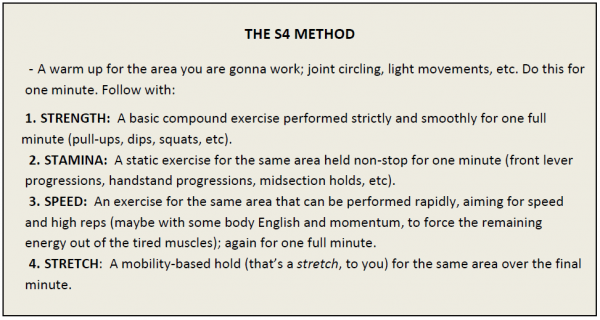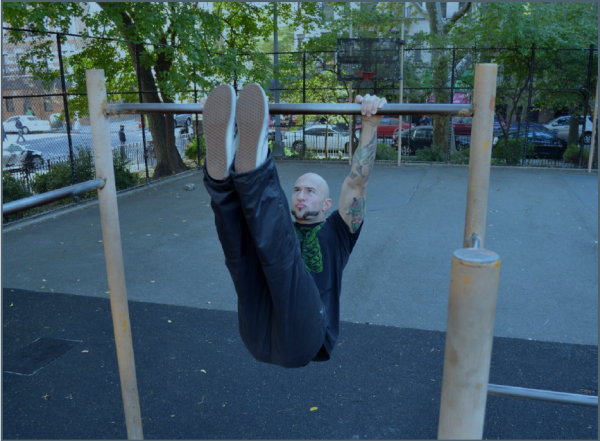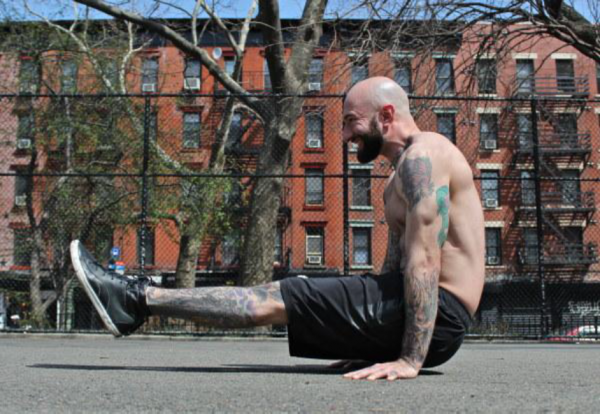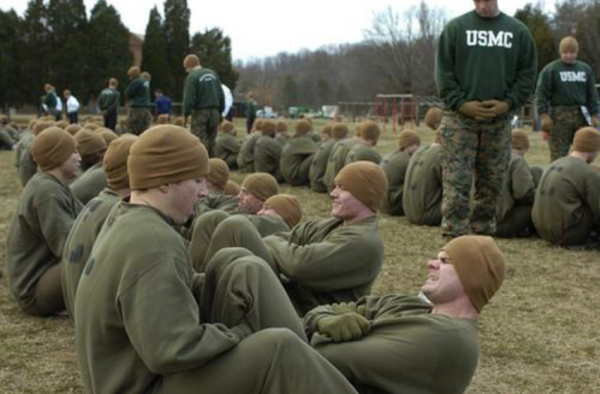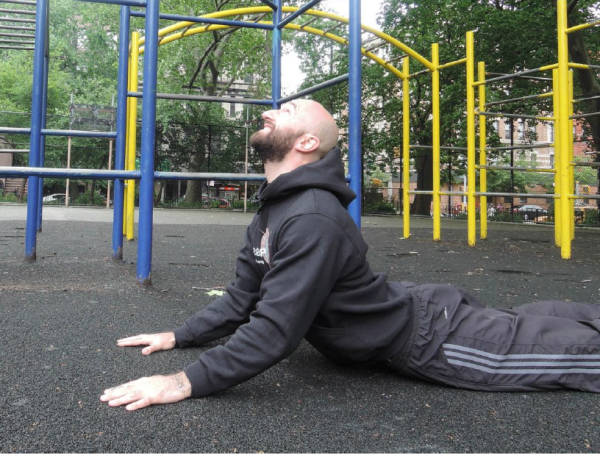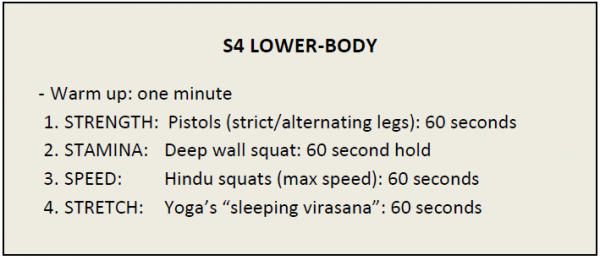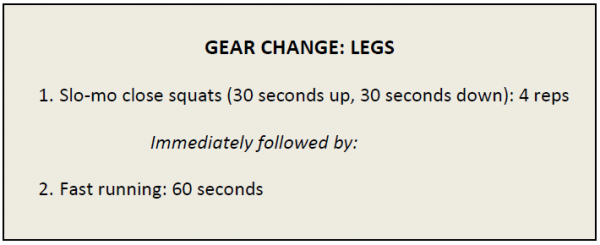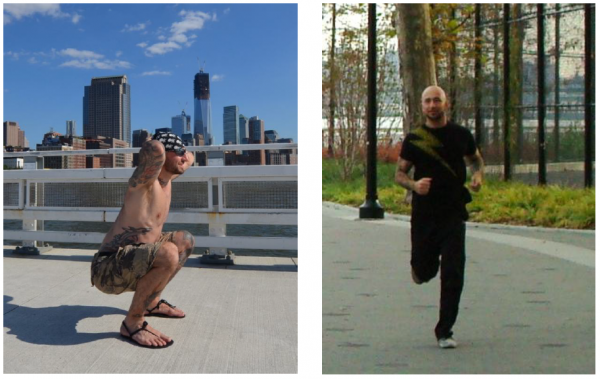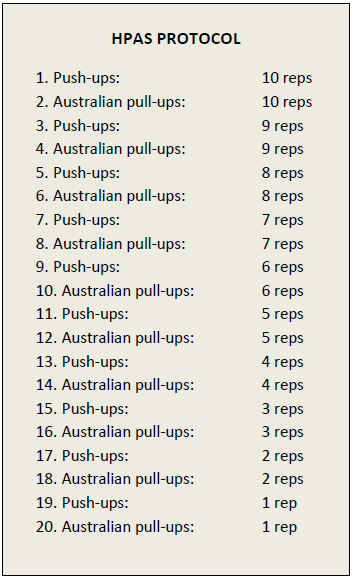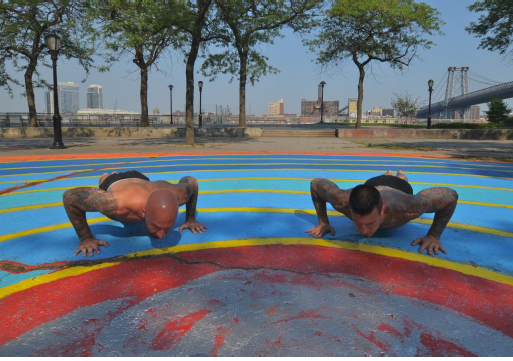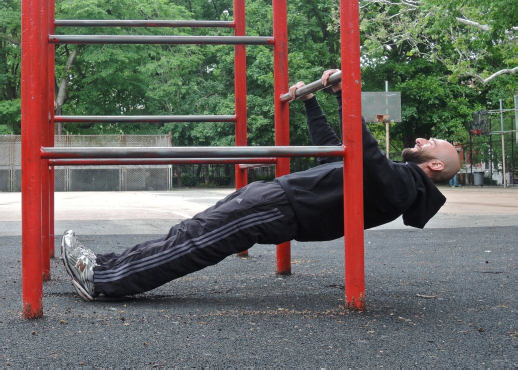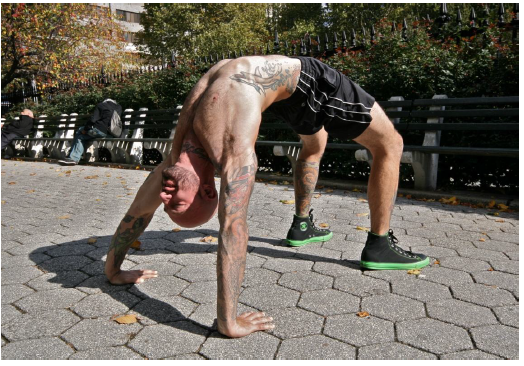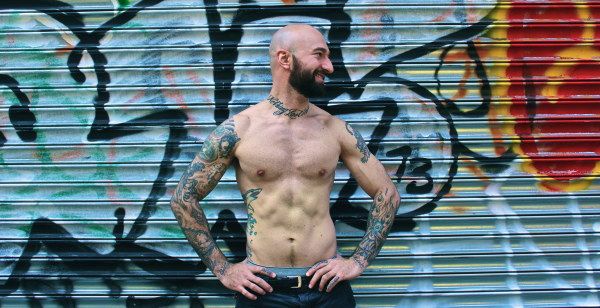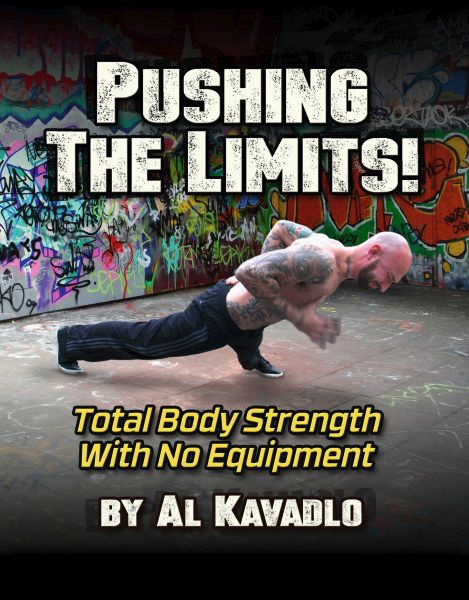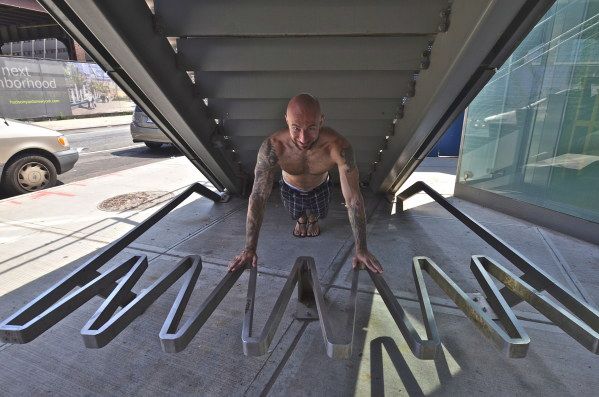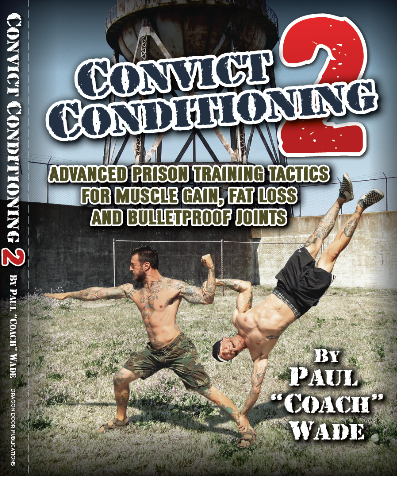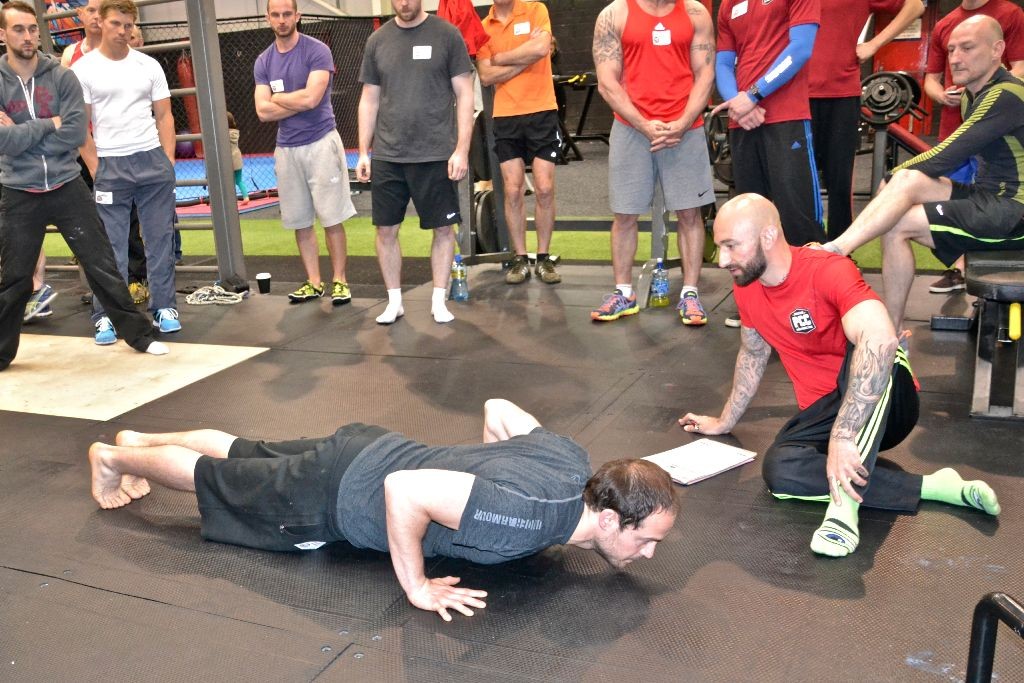In less than 48 hours, I’ll be getting on a plane from New York City to St. Paul, MN to lead the first ever Progressive Calisthenics Certification workshop. After almost two years of planning, the PCC is finally happening – this is a very exciting time!
The PCC workshop will contain tons of information distilled down through the experience of PCC mastermind Paul Wade as well as myself and the other instructors. There will be a lot to learn and attendees will come away with something that cannot be gained from a website, book or DVD – real life experience! Nothing in the world can replace firsthand knowledge. That’s why most of the weekend is going to be spent practicing these exercises, not just talking theory.
With the inaugural workshop quickly approaching, I’ve been getting lots of emails and other messages with questions about the PCC. Here are answers to the questions that have come up most frequently.
I’m not interested in becoming a personal trainer. Can I still take the PCC?
Yes! The PCC is open to anyone who wants to improve their knowledge and performance of bodyweight strength training. Though the coursework is geared toward those who want to pass their knowledge and skills onto others, anyone who is passionate about calisthenics is encouraged to attend.
How is PCC different from Convict Conditioning, Raising The Bar and Pushing The Limits?
The PCC curriculum combines content from the Convict Conditioning books as well as my books, but it will be more in-depth than any of those materials. More importantly, however, is that it’s an interactive experience! Books are great resources, but they can’t actually tell you if your form is correct. At the PCC, Steven Low, Adrienne Harvey, my brother Danny and myself are personally going to give you the cues you need to improve your technique and performance on these exercises as well as instruct you on how to effectively pass this information along to your clients. And of course, there will be a chance for attendees to pick our brains during the Q&A session.
I’d love to take the PCC but I live too far away to travel to St. Paul. Is it possible to get a copy of the PCC manual without attending?
The 600+ page PCC manual is incredibly special and it’s only for PCC attendees – no exceptions. The good news is we will be offering workshops all over the world in the months and years ahead, so everyone will have a chance to attend and get their hands on a copy.
I have an old injury/ailment/weakness that will prevent me from being able to complete the Century. Can an exception be made for me?
The Century test must be performed according to these guidelines.
When will PCC be coming to my hometown?
In addition to the inaugural event, there are two more PCC workshops already scheduled – a second one in St. Paul as well as our first European workshop, which will take place in Gothenburg, Sweden. Over the next few years, we will be visiting lots of other locations in the US and abroad. Watch this page for updates on future workshop dates.
Photos by Audra May Photography
And for those of you attending the groundbreaking first ever bodyweight certification – I’ll see you this weekend!
***
About Al Kavadlo: Al Kavadlo is the lead instructor for Dragon Door’s Progressive Calisthenics Certification. Recognized worldwide for his amazing bodyweight feats of strength as well as his unique coaching style, Al is the author of three books, including Raising The Bar: The Definitive Guide to Pull-up Bar Calisthenics and Pushing The Limits! Total Body Strength With No Equipment. Read lots more about Al on his website:www.AlKavadlo.com.
